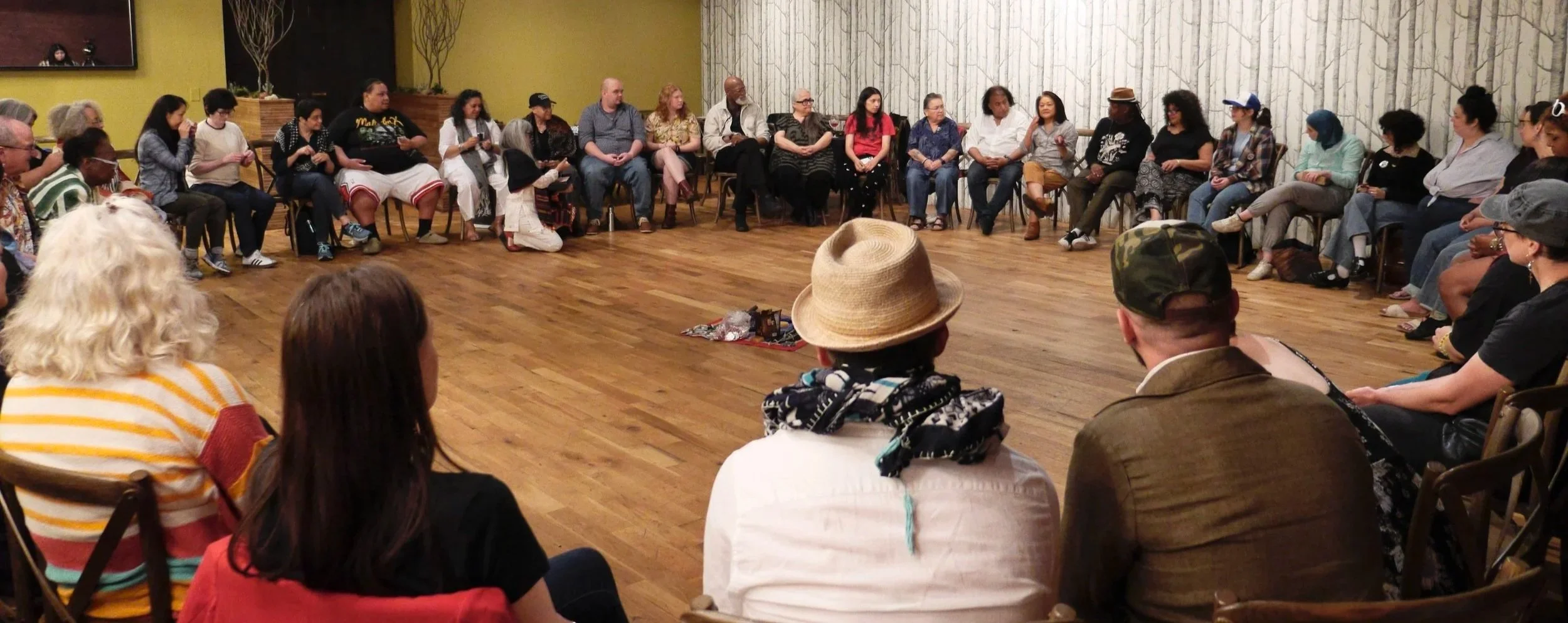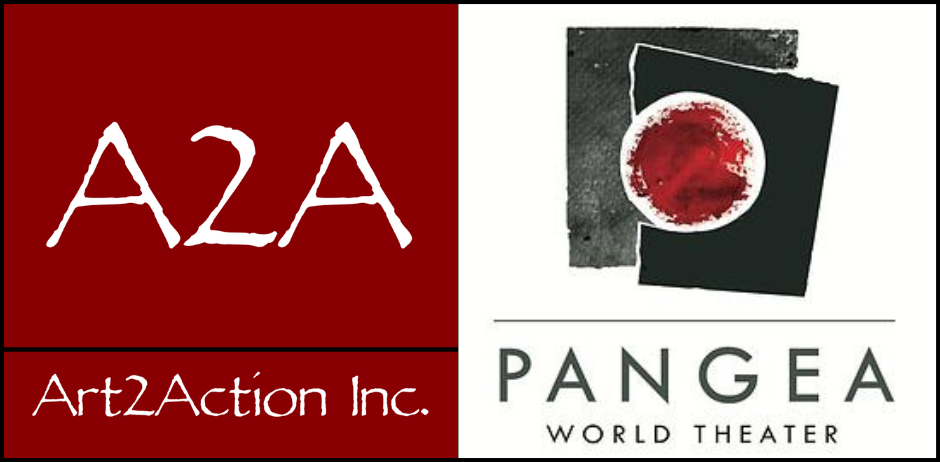National Institute for Directing
& Ensemble Creation
This webpage is under construction. More coming soon!


This webpage is under construction. More coming soon!